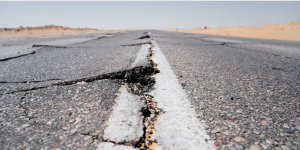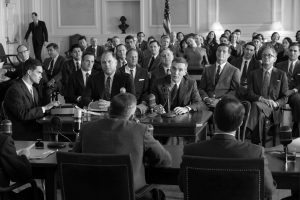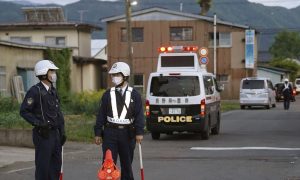Japan on Thursday marked 75 years since the world’s first atomic bomb attack, which killed around 140,000 people in Hiroshima and left many more deeply traumatised and even stigmatised. A second bomb was dropped on Nagasaki on August 9, 1945, killing another 74,000 people.














